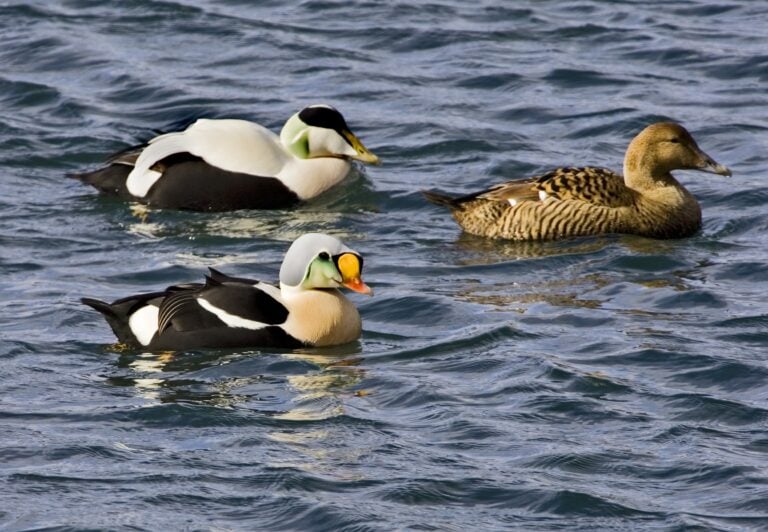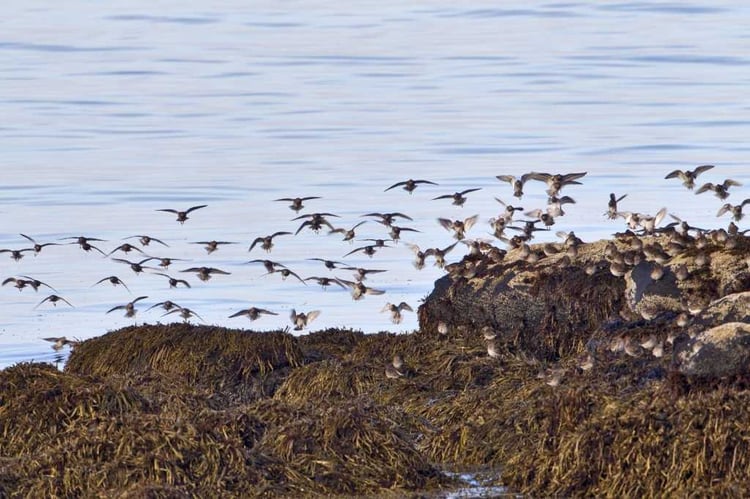Breidin is the westernmost part of Akranes, home to one of the oldest concrete lighthouses in the country, built in 1918. At low tide, you can walk out to the smaller lighthouse, climb it, and enjoy the beautiful view. This summer, the larger lighthouse will also be open to the public.
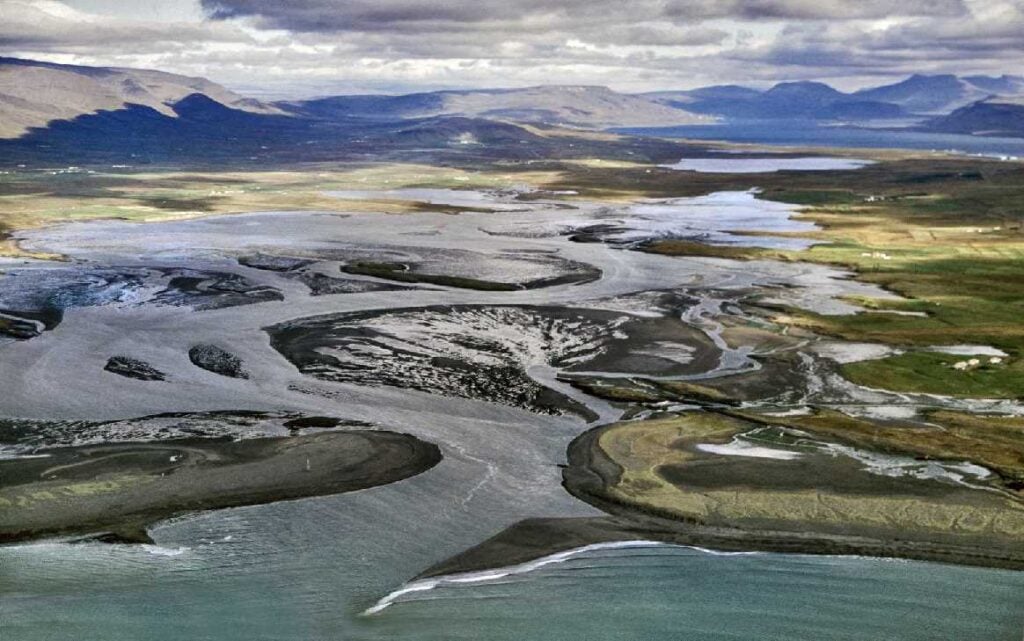
Breidin offers a stunning view of Faxaflói Bay, abundant birdlife, and wave-battered rocky shores. It’s a sight that leaves no one untouched, whether in calm weather or when the sea is churning. The view from the lighthouse is unique, and photographers have long taken full advantage of this location.
The birdlife around Breidin is diverse throughout the year. The eider duck is by far the most prominent species. The largest groups are seen in late winter when the capelin run in the area, and the number of birds can reach the thousands. Usually, one or more king eiders can be spotted among the flocks, sometimes even in Akranes Harbor. This colourful relative of the eider duck comes here from Greenland, where it breeds, and the males often pair with Icelandic females, settling in eider colonies.
But there are other ducks around Breidin and Akranes too. Small flocks of the colourful harlequin duck can be seen throughout the winter. The loud and lively long-tailed duck is also a winter seabird, often mingling with the eider flocks. Tufted ducks can be spotted year-round, while mallards are most common in winter.
The sanderling is the most common wader on the rocks around Breidin and is often seen in groups. A few oystercatchers are present all winter, but their numbers increase in the spring, and they may even nest higher up on the shore, as do ringed plovers. A few ruddy turnstones are often found in the company of the sanderlings.
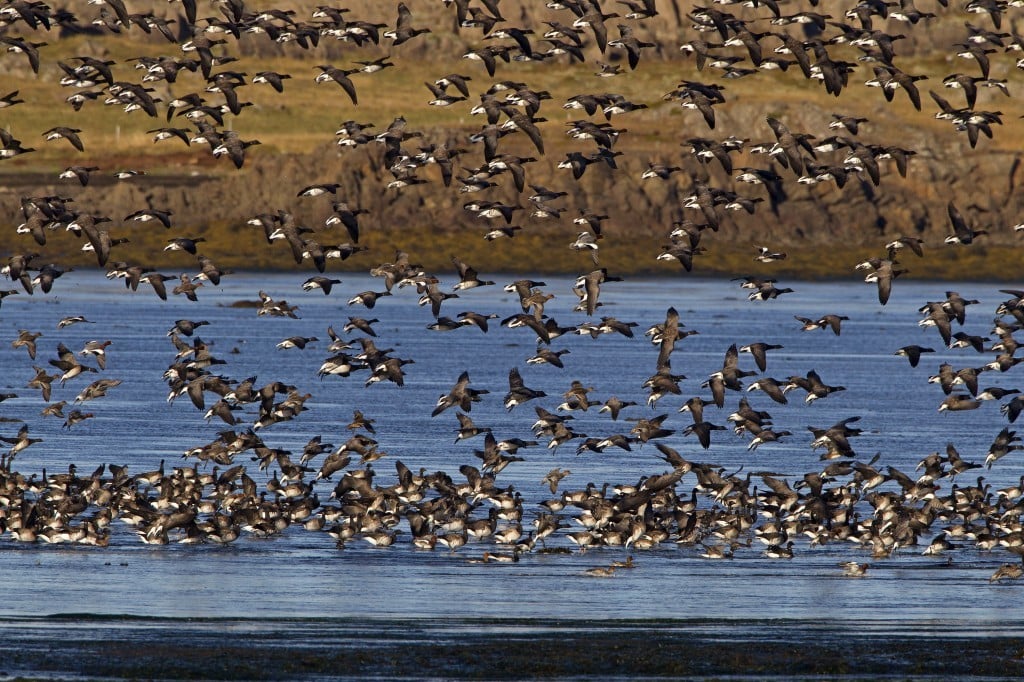
Fulmars are common seabirds around Akranes, feeding on various things like capelin, fish scraps, and more. They are sometimes seen in large flocks by drains and in the harbour. Gulls feed on similar food, with the main species around Breidin being the herring gull, great black-backed gull, Iceland gull, glaucous gull, black-headed gull, and kittiwake. The Iceland gull is a winter visitor from Greenland, while the others are Icelandic breeding birds. Occasionally, wrens are seen in the rocks, and starlings and ravens search the shore for food. Many other bird species can be expected but listing them all would take too long. When fish shoals are near the shore or at other times, it’s not uncommon to see whales rolling in the water. The most frequently seen from land are pilot whales and orcas, but minke whales also occasionally appear. Harbor seals sometimes rest on the skerries off Breidin.
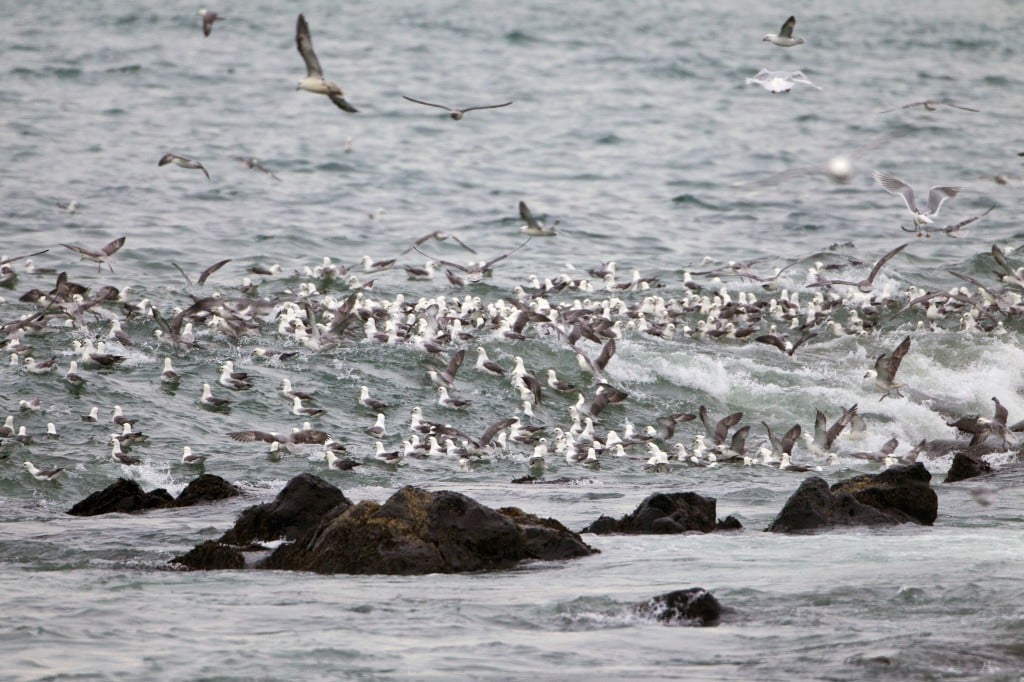
Fulmar
If we move slightly beyond Breidin, especially north and east along the coastline, there are numerous coves and inlets with diverse birdlife. Notable locations include Kalmansvík, Höfdavík, and Mjóivogur. Blautós is a long and narrow cove defined by the Innstavogsnes peninsula. Both the estuary and the peninsula are protected by nature conservation laws. At low tide, the estuary dries up, exposing vast mudflats that attract thousands of birds such as red knots and brent geese. These birds stop here on their migration between their wintering grounds in Europe and their breeding grounds on Arctic islands in Canada. The brent geese rest here for two months every spring to build up fat reserves for their long and arduous flight over the Greenland ice sheet, enabling them to start breeding when vegetation is still scarce in their breeding areas.
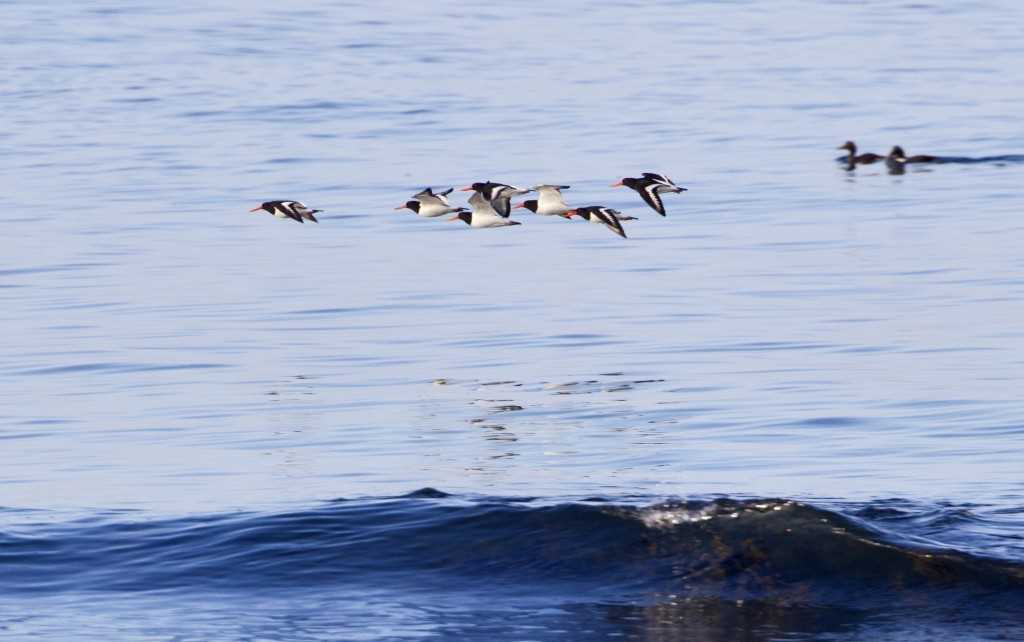
Further inland lies Grunnafjördur, a large and shallow bay with extensive mudflats exposed at low tide. Grunnafjördur is one of six so-called Ramsar sites in Iceland, which means it has been recognized by the international Ramsar Convention for the conservation of wetlands that are of significant importance to birdlife. Grunnafjördur is crucial for many bird species. It is internationally important for brent geese, red knots, and sanderlings. Around 25% of the brent goose population stops in Grunnafjördur on their journeys between mainland Europe and the polar regions in both spring and autumn, and about 1% of the red knot population does the same. It is also the largest wintering site for oystercatchers in Iceland, and many ringed plovers, dunlins, sanderlings, and numerous other birds can be found there. Rare breeding birds such as the gadwall are also present, and white-tailed eagles are occasionally seen soaring overhead. Many other bird species can be expected in Grunnafjördur, but access to the area is somewhat difficult.
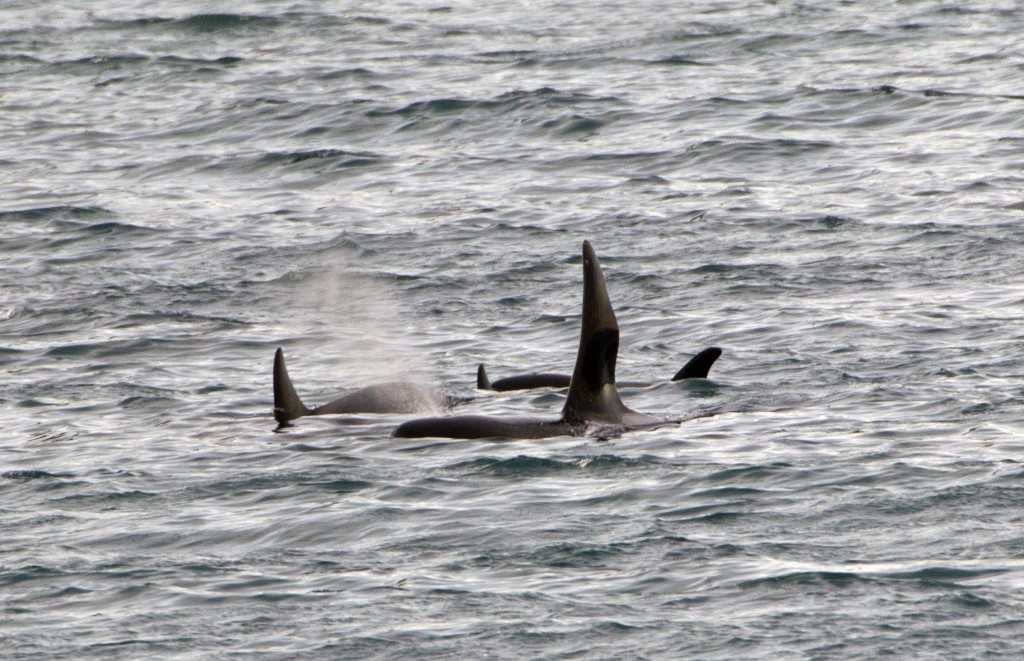
Akranes is just a stone’s throw from Reykjavík. Driving through the 5 km long and 165 m deep Hvalfjördur tunnel, it’s only a little more than a half-hour drive.

